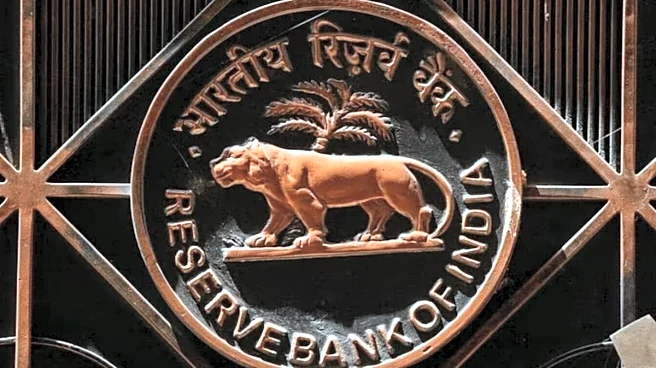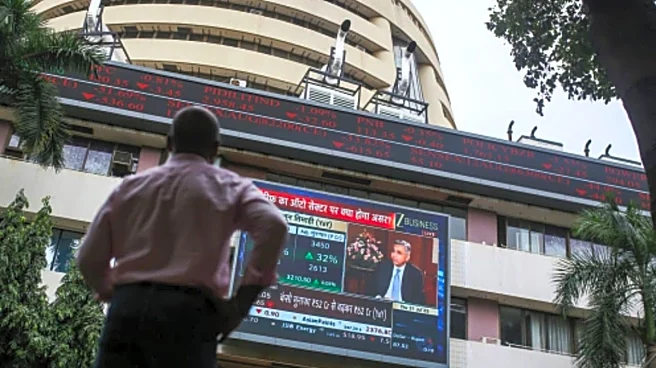The Finance Ministry will review interest rates on Post Office small savings schemes such as Public Provident Fund (PPF), National Savings Certificate (NSC), Sukanya Samriddhi Account (SSA) and Senior
Citizens Savings Scheme (SCSS) on September 30, this year. The revised rates, if changed, will apply for the October-December 2025 quarter.
So far this year, the government has not touched these schemes even though the Reserve Bank of India (RBI) has cut the repo rate three times. With banks already reducing interest on fixed deposits, there is a possibility that small savings rates may also be lowered in this review.
Repo Rate Cuts By RBI
At the start of the year, the repo rate was 6.5 per cent. The RBI first reduced it by 25 basis points (bps) each in February and April, followed by a bigger cut of 50 bps in June. This adds up to a total reduction of 1 per cent in 2025.
In response, banks lowered their fixed deposit rates. Some discontinued special deposit schemes with high returns, while others continued them but at a lower interest rate. This has already affected savers, especially senior citizens who rely on deposits for regular income.
Bond Yields Show A Dip
Another key factor is the government bond yield. On January 1, 2025, the 10-year G-Sec yield was 6.779. By September 24, this year, it had fallen to 6.483. Though it has recovered slightly in the past three months, it is still lower than the January level.
How Bond Yields Affect Small Savings
The Shyamala Gopinath Committee, set up in 2010 by the RBI, recommended that small savings interest rates should be linked to government bond yields, with a small margin of 25 bps added. For example, the 5-year post office time deposit should be equal to the 5-year G-Sec yield plus 25 bps.
For PPF, the average 10-year G-Sec yield between June 24 and September 24, 2025, was 6.411 per cent. Adding 25 bps gives 6.66 per cent, but currently, PPF offers 7.1 per cent. This gap suggests that a cut is possible if the government strictly follows the formula. However, past reviews show the government does not always reduce rates even when the formula suggests it.
Why It Matters For Savers
Millions of pensioners, senior citizens and middle-class families invest in these schemes for safe and stable returns. Any cut in rates directly reduces their earnings, which is why reviews are closely watched every quarter.
When Rates Were Last Changed
The last revision was in January-March 2024, when the government raised the 3-year time deposit rate from 7 per cent to 7.1 per cent and the Sukanya Samriddhi Yojana rate from 8 per cent to 8.2 per cent.
Other schemes remained unchanged. Currently, interest rates (July-September 2025) are as follows: Savings Deposit – 4 per cent, 1-year Time Deposit – 6.9 per cent, 2-year – 7 per cent, 3-year – 7.1 per cent, 5-year – 7.5 per cent, 5-year Recurring Deposit – 6.7 per cent, Senior Citizen Savings Scheme – 8.2 per cent, Monthly Income Account – 7.4 per cent, National Savings Certificate – 7.7 per cent, Public Provident Fund – 7.1 per cent, Kisan Vikas Patra – 7.5 per cent (maturity in 115 months), Sukanya Samriddhi Account – 8.2 per cent.






/images/ppid_59c68470-image-175906003148113757.webp)


/images/ppid_59c68470-image-175914257368960538.webp)
/images/ppid_59c68470-image-175896502820681744.webp)
/images/ppid_59c68470-image-175921012324360400.webp)